Artemis 1's Orion spacecraft captures stunning photos of the moon during its closest approach
The moon is ready for its close-up.
The moon looks spectacular in images captured by NASA's Orion spacecraft as it cruised just 81.1 miles (130 kilometers) above the lunar surface during the Artemis 1 mission's closest approach to Earth's natural satellite on Monday (Nov. 21).
These detailed black and white images were snapped by the Orion spacecraft's onboard optical navigation camera on day 6 of the mission, the same day it performed a crucial engine burn.
Orion is currently gearing up for a critical maneuver that will insert the capsule into a high orbit around the moon on Friday (Nov. 25). The capsule will perform a single-engine burn and all being well, will remain in lunar orbit for about one week before embarking on its journey back to Earth. The spacecraft is scheduled to splashdown in the Pacific Ocean off the California coast on Dec. 11.
Related: NASA's Artemis 1 moon mission: Live updates
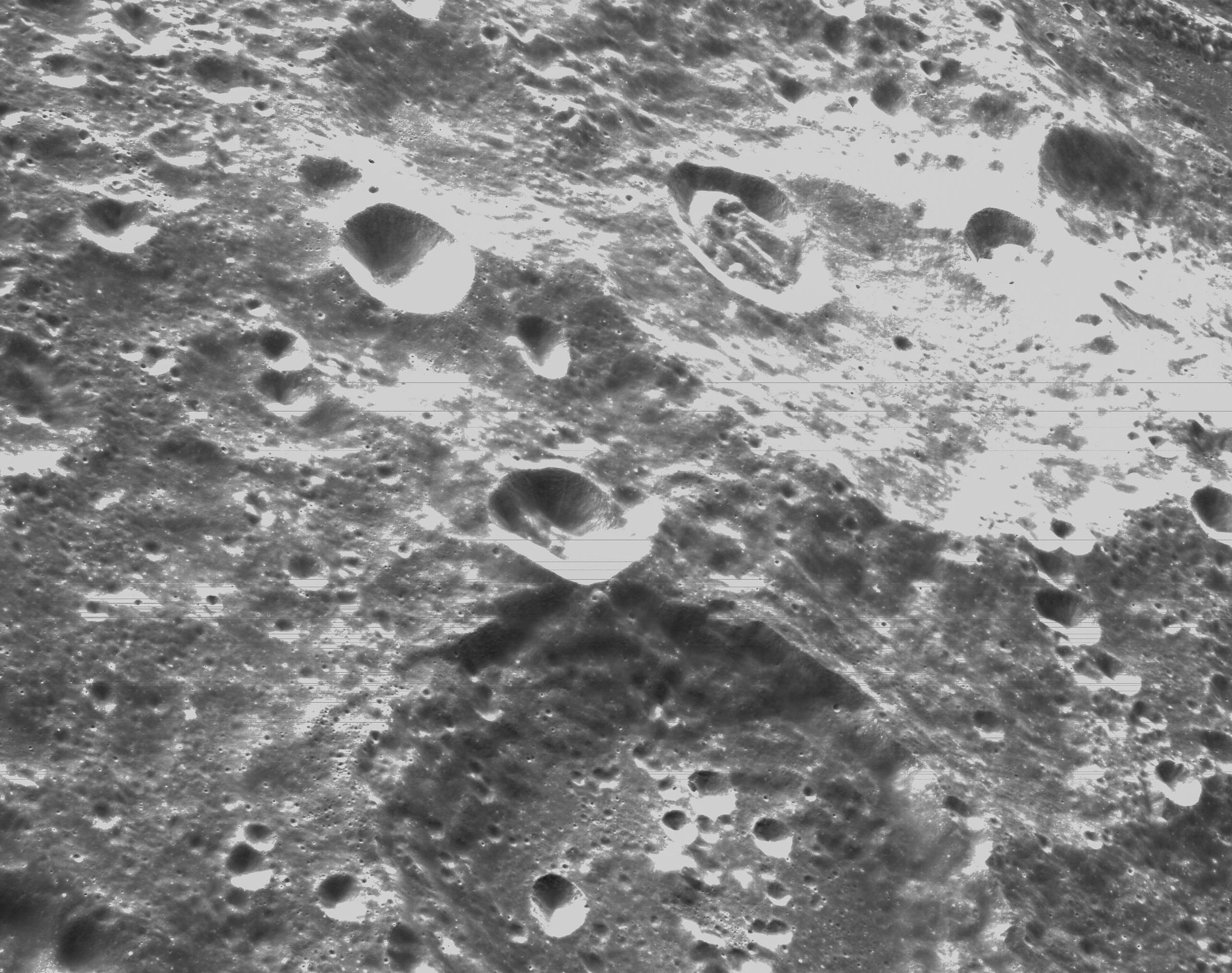
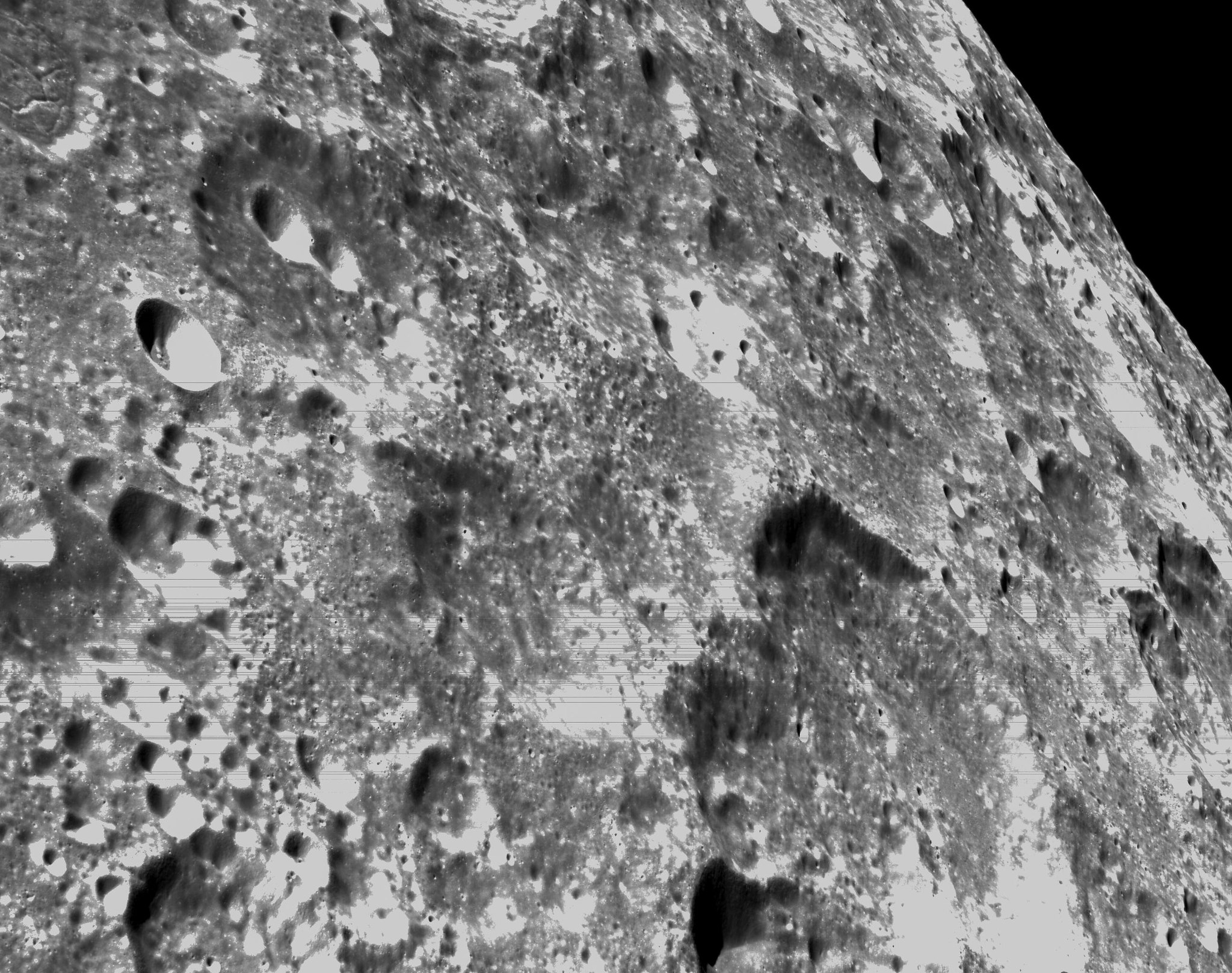
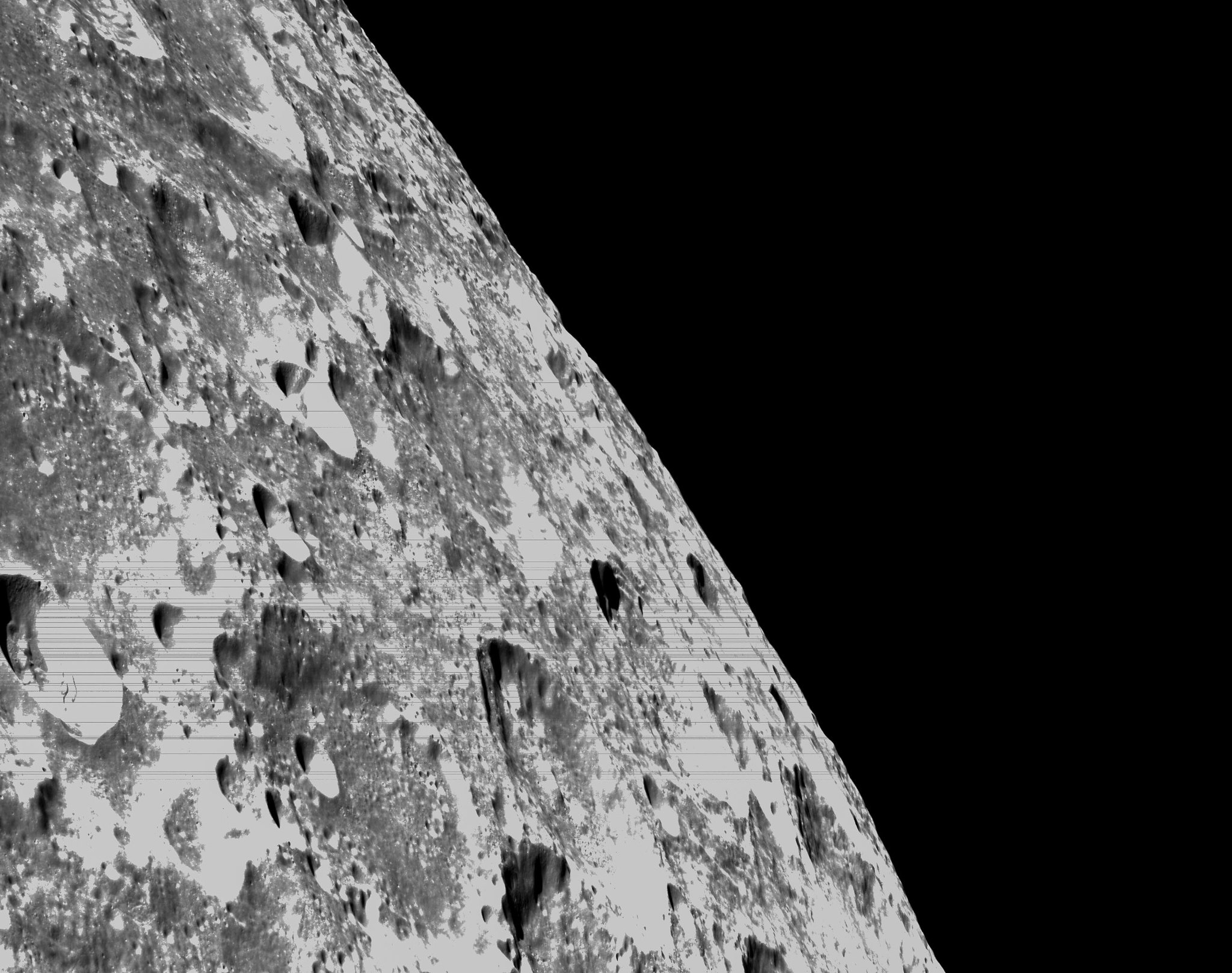
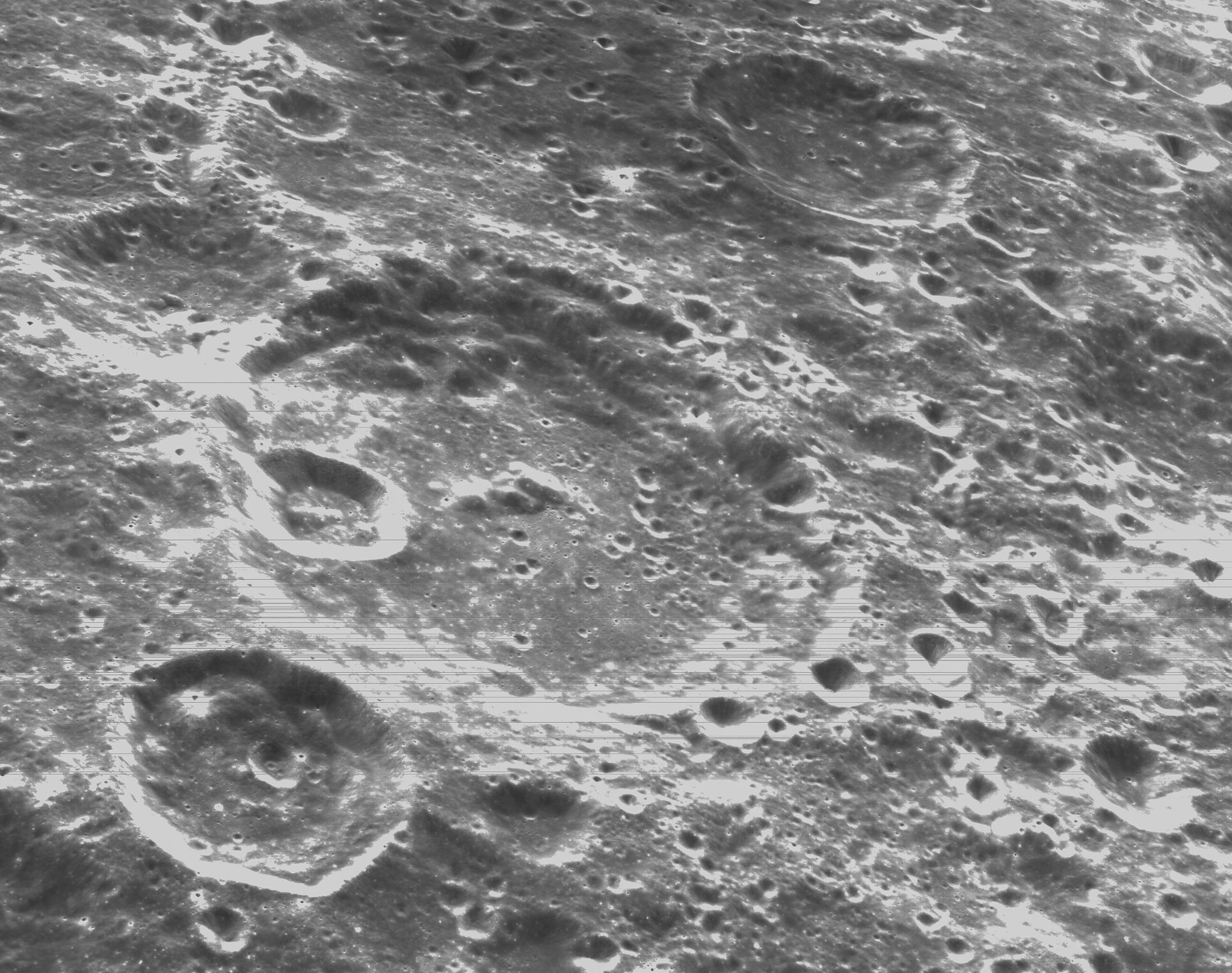
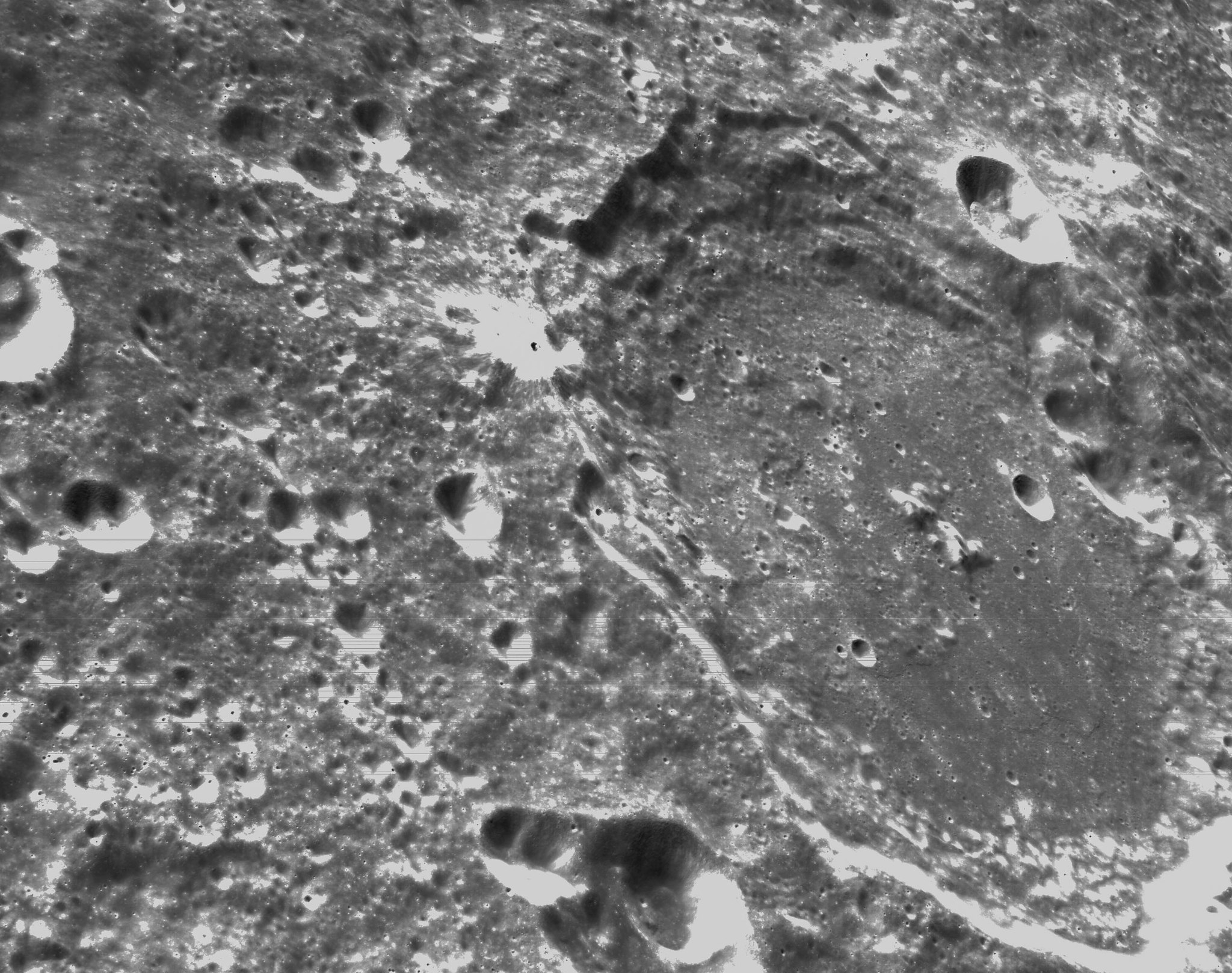
These detailed black and white images were snapped by the Orion spacecraft's onboard optical navigation camera on day 6 of the mission, the same day it performed a crucial engine burn.
Orion has been busy capturing images of Earth and the moon at different phases and distances to test the effectiveness of its optical navigation camera under different lighting conditions as a way to aid spacecraft orientation during future crewed missions, according to the image descriptions on NASA's Flickr account.
Artemis 1 is a trailblazing mission designed to test the readiness of the Orion Spacecraft and NASA's giant Space Launch System (SLS) rocket for future missions of the Artemis program.
Get the Space.com Newsletter
Breaking space news, the latest updates on rocket launches, skywatching events and more!
All being well, the pair could fly astronauts to the vicinity of the moon as early as 2024 — the first time since 1972 — during Artemis 2.
Around a year or two later, Artemis 3 will land astronauts near the moon's south pole.
Follow us on Twitter @Spacedotcom and Facebook.
Join our Space Forums to keep talking space on the latest missions, night sky and more! And if you have a news tip, correction or comment, let us know at: community@space.com.

Daisy Dobrijevic joined Space.com in February 2022 having previously worked for our sister publication All About Space magazine as a staff writer. Before joining us, Daisy completed an editorial internship with the BBC Sky at Night Magazine and worked at the National Space Centre in Leicester, U.K., where she enjoyed communicating space science to the public. In 2021, Daisy completed a PhD in plant physiology and also holds a Master's in Environmental Science, she is currently based in Nottingham, U.K. Daisy is passionate about all things space, with a penchant for solar activity and space weather. She has a strong interest in astrotourism and loves nothing more than a good northern lights chase!
-
Gordon Jenkins Those pictures are not "stunning". Those are 1960's archive pictures oversaturated black and white photographs. Very poor quality for 2022 technology and a real disappointment for such an expensive mission.Reply -
24launch While not "stunning", they're not 1960's archive photos (though they look that way!) As the article states they're test shots from the navigational camera.Reply
Direct from the article:
Orion has been busy capturing images of Earth and the moon at different phases and distances to test the effectiveness of its optical navigation camera under different lighting conditions as a way to aid spacecraft orientation during future crewed missions, according to the image descriptions on NASA's Flickr account(opens in new tab).
NASA had said early on that the high resolution photos and 4K video they are capturing (they have a ton of cameras on Orion) are far too much data to stream back through the Deep Space Network are instead being captured and stored on-board Orion to be released upon its return. Let's hope for a successful landing and retrieval or most of that will be lost.
It is a bit disappointing for a mission designed to not only justify the insane cost of this mostly disposed of rocket, but to inspire a new generation to pursue STEAM careers, that for whatever reason the massively talented public relations folks behind JWST, Hubble and all the planetary missions are not on-board with Artemis and the human spaceflight program.
Instead we're subjected to statements like, "gee, the rocket was so powerful it nearly destroyed the $2Billion mobile launcher that will take a year or more and another $1Billion at least to repair!". Or a really cool "where is Orion" app that isn't tracking in real-time but what the planned trajectory was before launch.
For all the money spent and planned to still be spent it feels like such a missed opportunity to sell this program to the public.
Spoiled we are from SpaceX's candid, professional launch commentary and gorgeous on-rocket camera views from launch to landing and payload deployment. As a space enthusiast I eat that up like gummie bears! -
Unclear Engineer I am still trying to figure out the relationship with SpaceX Starship.Reply
Since Starship is contracted by NASA to take Artemis astronauts from lunar orbit to lunar surface, what is the point of having the NASA SLS take those astronauts to lunar orbit in the first place? Why not just put them on the SpaceX Starship as it goes to lunar orbit where it is planned to wait for the Artemis capsule?
I do think that the Starship development schedule sounds optimistic. So, I can understand that NASA wants a "plan B" option for getting their astronauts onto the surface of the Moon. But, NASA is just starting the process to get a second contractor working on that. And, that contractor might well need to hire SpaceX to get their lander up there. Could a Falcon Heavy do it, if no boosters were recovered?









